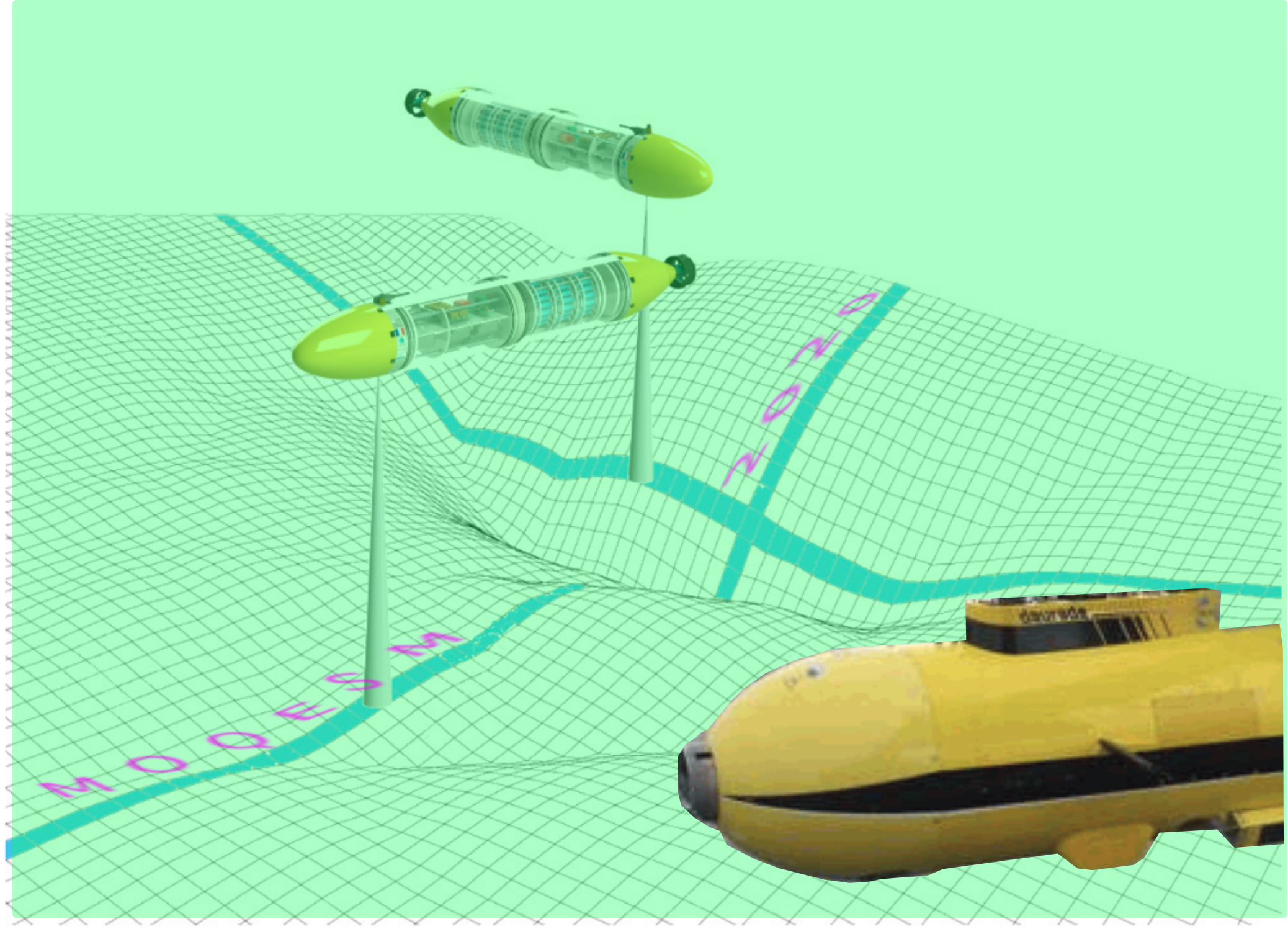
ICOURS'2012
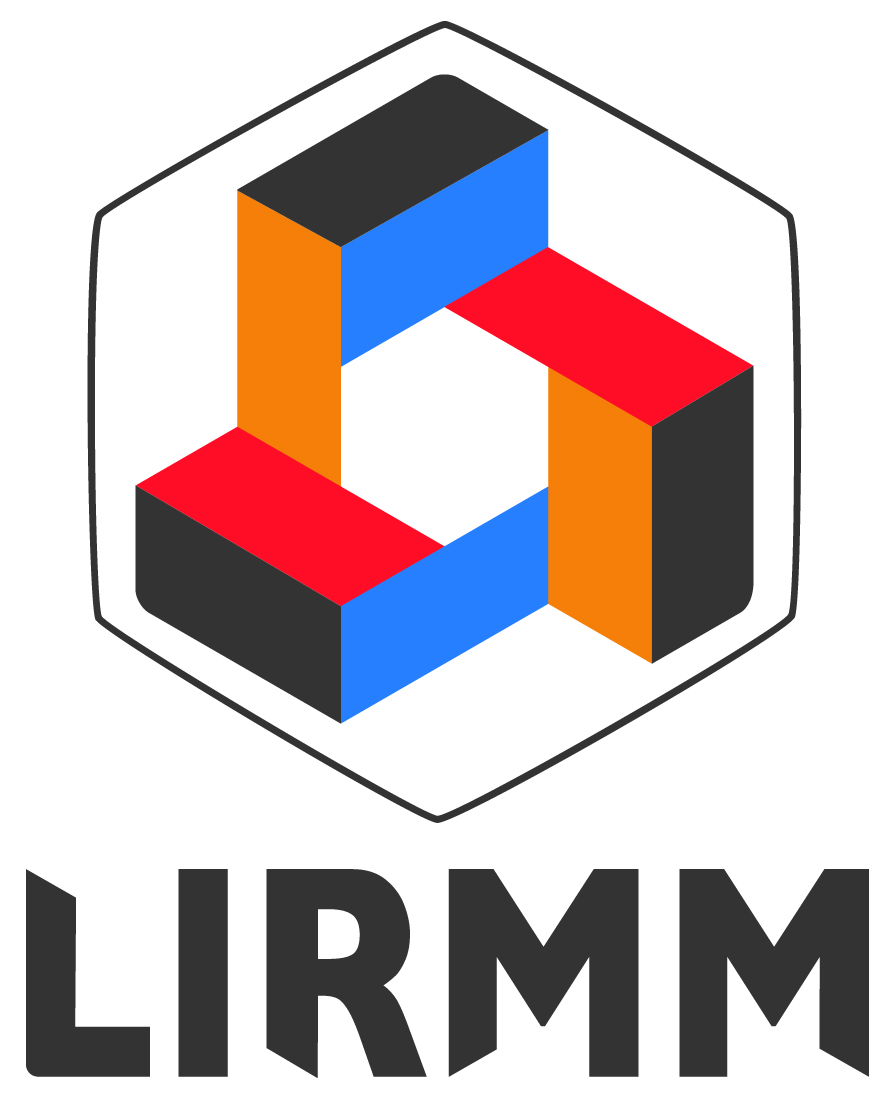
|
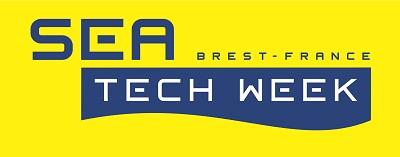
|
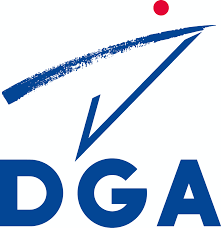
|
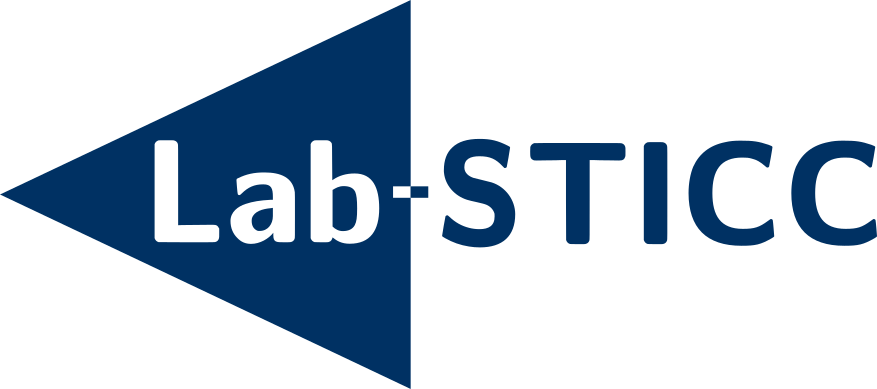
|
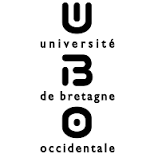
|
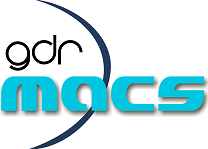
|

|
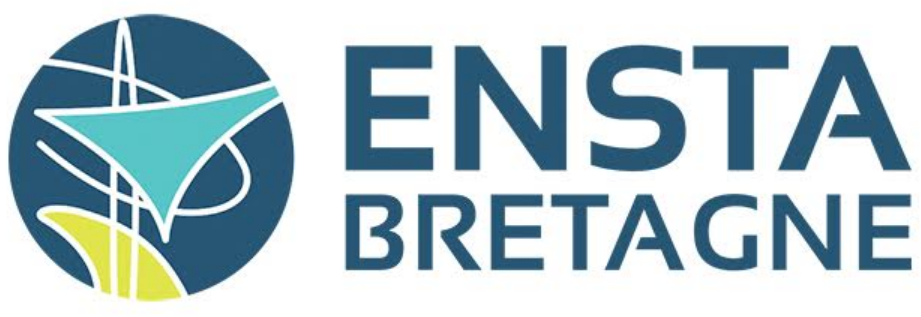
|


|

|

|

|

|

|

|

|
ICoURS 2012 : Underwater robotics International Conference on Underwater Remote Sensing
ICoURS is a set of conferences and workshops with a common interest: the sensing of the underwater
environment.
During the first day October 8th, three
workshops will highlight topics of growing interest. In these workshops,
invited talks will address:
- Geographical information systems and spatio temporal modelling;
- Water column acoustic imaging ;
- Observation by non-acoustic methods.
The 9th and the 10th of October, a conference with
call for papers will be focused on the detection and the classification of
underwater targets.
The 10th and the 11th of October, ICoURS
will end with a technology-oriented conference, aimed at the state-of-the-art
of recent advances in the field of sonar applied to seafloor mapping and
observation, for scientific and industrial applications.
A visit
of the ENSTA-pool with robots moving inside the pool will be proposed, Monday 8, 18h.
A visit of the robots of GESMA will be proposed Thuesday 9, 15h-18h
14h50 - 15h10
Michael Benjamin, Massachusetts, Institute of Technology
Title: Autonomy Algorithms for Adaptive Control of Unmanned Marine Vehicles
![]() 15h10 - 15h30
V. Rigaud, L. Brignone, J Opderbecke
15h10 - 15h30
V. Rigaud, L. Brignone, J Opderbecke
Title: Coordination and Control of Cooperating Unmanned Systems: Experimental feedbacks
Abstract.
IFREMER is operating a set of several AUVS, gliders, and ROVs, and has been
>Â engaged in numerous RandD project concerning USV. Developments and demonstrations in this
field of heterogeneous robot coordination have been conducted in
particular with LAAS CNRS, INRIA and LIFIA CNRS, in France MBARI in
USA and the European actors of the former EU GREX project. The key
challenge of such cooperative projects is to develop Software and Hardware
tools to seamlessly enable Multiple Vehicle operations in theory and practice.
Cooperative behavior as path following, target tracking, situation assessment
have been demonstrated with fleets of heterogeneous systems as USVs, AUVS, in
particular in the EU GREX and ANR CONNECT projects.
This talk will illustrate the main results
demonstrated in real conditions at sea from the IFREMER test site off the European
Center for Underwater Technologies.
![]() 15h50 - 16h10
Divine Maalouf, Ahmed Chemori, Vincent Creuze LIRMM
15h50 - 16h10
Divine Maalouf, Ahmed Chemori, Vincent Creuze LIRMM
Title: L1 Adaptive control for small underwater vehicles.
Abstract. Small underwater vehicles
are subject to many disturbances and modelling uncertainties. To overcome these
problems, we have introduced a L1 nonlinear adaptive controller for the first
time onboard an tethered underwater vehicle. This adaptive controller allows
fast convergence of the estimated parameters of the dynamic model even without
any a priori knowledge of their values. It is robust to parameters' change,
such as salinity or payload changes. It appears that this controller also
rejects disturbances (mechanical shock, waves...)
We will detail the theoretical aspects of the said controller and will present
the experimental results, obtained with an AC-ROV prototype.
![]() 15h30 - 15h50
Yang Rui, Ocean University of China
15h30 - 15h50
Yang Rui, Ocean University of China
Title: Underwater robotic activities in Ocean University of China and Field
Programmable Gate Array (FPGA)
Abstract. This proposition will present two aspects include underwater
robotic activities in Ocean University of China and Field Programmable Gate
Array (FPGA) Based underwater instruments. Part of the labs in OUC is
interested in AUV, ROV, Glider, buoys and acoustic modem, etc. My lab is focus
on FPGA based instruments. FPGA is one kind of integrated circuit of which the
configuration can be redesigned using a hardware description language (HDL).
Compare to a application-specific integrated circuit,
FPGA is much more flexible in achieving hardware architectures. Any logical functions
of ASIC can be implemented on FPGAs. The reconfigurable ability of FPGA allows
a lot of advantages in application. There is tendency of FPGA to combine both
digital and analog blocks in to one chip. So, the I/O will be more compatible
to devices and the function will be more powerful. Compare to ARM or DSP, FPGA
combine both their advantages and is low cost, low time consumed and high
performance. In my lab in OUC high performance devices is implemented mostly by
FPGA technology.
![]() 16h30 - 16h50
Frédéric Boyer, Ecole des Mines de Nantes
16h30 - 16h50
Frédéric Boyer, Ecole des Mines de Nantes
Title: Un sens nouveau pour la navigation des
véhicules sous-marins en milieu difficile : le sens électrique
Abstract.
Au cours de l'évolution, les animaux ont développé de nombreuses modalités
sensorielles originales pour le roboticien. Au nombre de celles-ci on trouve
les sens dits actifs, appelés ainsi en raison du fait que l'énergie qui
supporte l'information mesurée est dans ce cas produite par
l'animal lui-même. Ainsi, après un rapide tour d'horizon des sens
sous l'eau, nous nous focaliserons sur les trois modalités sensorielles
actives pratiquées par les poissons et les mammifères aquatiques que sont
l'écholocation, la ligne latérale, et enfin le sens électrique ou 'électrolocation
'. Découvert dans les années 50 par Lissman [1], l'électrolocation est
pratiquée par quelques centaines d'espèces de poisson ayant co-évolué sur
les deux continents africains et sud-américain. Chez les représentants de la
famille des mormyridés, par exemple, l'électrolocation, d'une
portée de l'ordre de la longueur du corps, est basée sur l'émission
d'un champ électrique par polarisation du corps par rapport à un organe
émetteur situé juste en avant de la queue et appelé 'organe de décharge
électrique '. De forte conductivité par rapport au milieu ambiant, le corps du
poisson focalise les lignes de champ (et de courant) émis, 'les obligeant '
ainsi à traverser sa peau électro-sensible. Aussi, grâce à une multitude
d'électro-récepteurs distribués sur son épiderme, le poisson mesure les
perturbations du champ induites par l'environnement. Bien qu'adapté
à la navigation dans les milieux confinés baignées par des eaux troubles,
habitat naturel de ces poissons des forêts tropicales, ce mode de perception
est resté à notre connaissance très peu étudié en robotique. Aussi, dans le
contexte des projets ANR RAAMO et Européen-FET ANGELS, nous développons depuis
trois ans avec nos partenaires, un cadre technologique (capteurs,
électronique...) ainsi que méthodologique (modèles, algorithmes..) dédié à
ce 'nouveau sens pour la robotique '. Après avoir présenté très brièvement les
aspects mécatroniques de ces développements (robots, capteurs, banc
expérimentaux...), nous introduirons une approche récemment développée dans
le projet ANGELS sous le nom d'électro-navigation. Elle s'appuie
sur l'expérimentation en biologie qui montre que pour rejoindre un dipôle
actif placé dans son environnement, le poisson suit les lignes de champs
électriques qui en émanent en pratiquant une version passive du sens
électrique. Appliquée à la navigation dans un milieu encombré d'objet
passifs, nous avons montré que cette stratégie peut en fait être étendue au cas
de la perception active où cette fois ci, le dipôle est secondaire puisque
produit par la polarisation d'un objet par le champ primaire du poisson.
Exploitant la géométrie de nos capteurs bio-inspirés et grâce aux récents
résultats obtenus en modélisation de l'électrolocation, nous avons
découvert que de simples combinaisons des courants mesurés rendent compte
aisément de l'alignement du capteur sur les lignes de champs. De même,
d'autres combinaisons permettent de régler les distances qui séparent le
capteur des objets qui l'entourent. Finalement, de simples boucles de
mesure combinées astucieusement permettent aujourd'hui de produire des
comportements pertinents pour la navigation tels qu'éviter tous les
objets, rejoindre les conducteurs et éviter les isolants ou suivre un objet à
une certaine distance... Enfin, nous verrons que l'implémentation
expérimentale de ces boucles permet de naviguer dans des scènes complexes
baignées par des eaux turbides, c'est-à-dire dans des conditions où la vision
et le sonar cessent de fonctionner.
![]() 16h50 - 17h10 ,
V. Drevelle, Luc Jaulin, Benoît Zerr,ENSTA-Bretagne
16h50 - 17h10 ,
V. Drevelle, Luc Jaulin, Benoît Zerr,ENSTA-Bretagne
Title: Set membership approach for underwater exploration with swarms
Abstract. This talk proposes a new observer for estimating the state vector
of a nonlinear system. This observer, which is robust with respect to outliers,
assumes that the measurement errors as well as the number of outliers that
could occur within a given time window are bounded. The principle of the
approach is to use interval analysis to deal properly with the nonlinearities
involved in the system (without any linearization nor approximation) and to
propagate through the time, in a forward and backward manner, the assumptions
made about outliers. A testcase related to the localization and control of an
underwater robot is also proposed to illustrate the efficiency of the approach.
![]() 17h10 - 17h30 ,
Fabrice Le Bars,ENSTA-Bretagne
17h10 - 17h30 ,
Fabrice Le Bars,ENSTA-Bretagne
Title: Interval SLAM for Underwater Robots